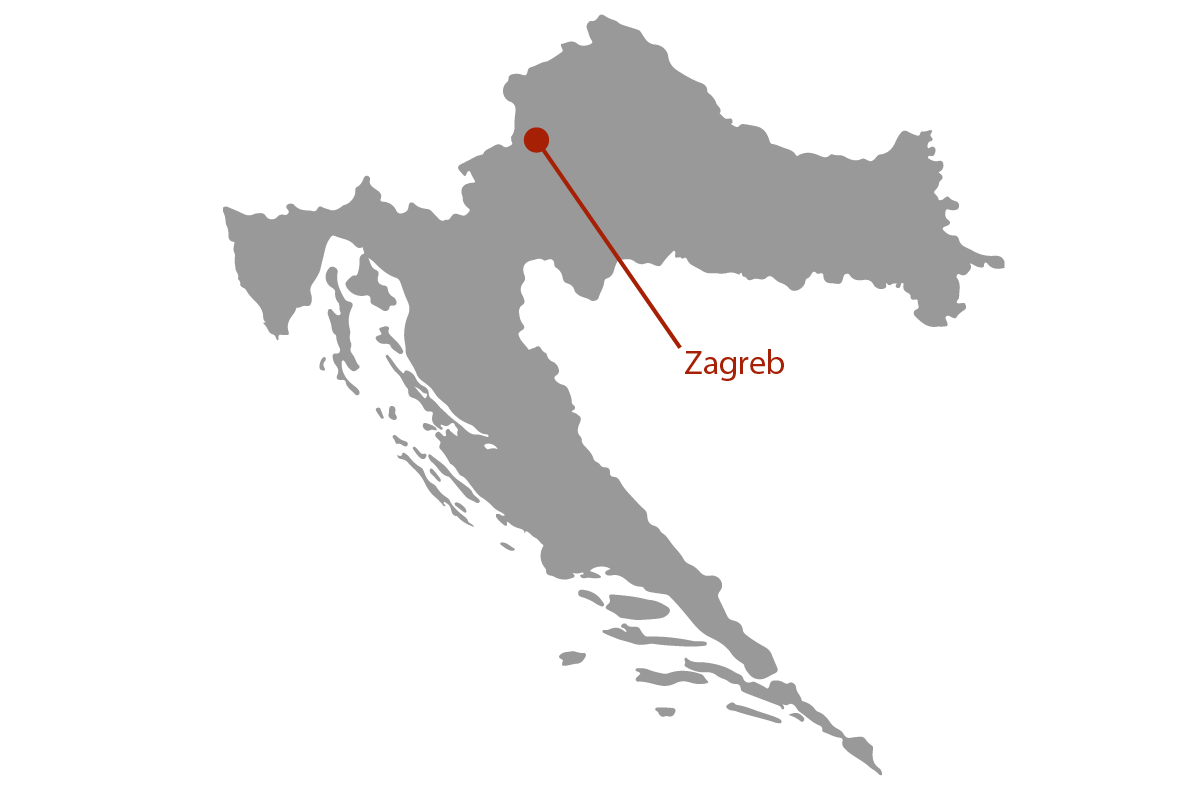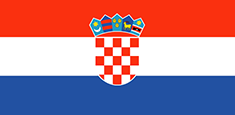| |
Croatia has long been a secret tip for vacation among Europeans, and slowly it’s becoming known to the rest of the world as well. Beautiful sandy beaches, gorgeous islands, great food, and lots of cultural and historical sites make Croatia a great destination for any traveller. Pack some beach gear, get your travel insurance for Croatia, and come visit 'the Mediterranean as it once was'. |
|
Unless you’re arriving on a sailing boat at the coast, most travellers to Croatia will arrive in the nation's capital, Zagreb.
Zagreb is oddly reminiscent of Vienna and Prague, with its architecture, cobbled streets and even the tram going through the city and it also has an excellent nightlife.
|
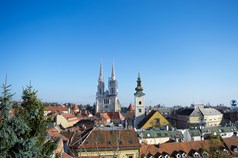 |
| |
|
If you can, it’s well worth spending two or three days exploring the city and getting acquainted with some of the excellent food: make sure to have a kremšnite, a delicious local dessert made of puff pastry and a sweet creamy filling. Being located in Central Croatia, the food in this area tends to be heavily influenced by Austrian and Hungarian cuisines, offering hearty meat dishes and various delicious spicy sausages.
|
As you travel from Zagreb towards the coast, make sure to stop at the iconic Plitvice Lakes National Park.
This park consists of a series of lakes, caves, and waterfalls, which water has carved out of the limestone and chalk over thousands of years.
Not only is it a UNESCO World Heritage Site, it is also breathtakingly beautiful and worth the stop on your way to the coast.
|
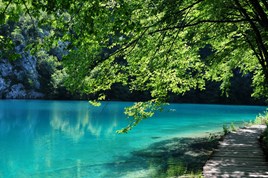 |
The coast is easily Croatia's biggest tourist attraction, and once you see the beaches and islands, you will understand why so many Europeans have been coming here for years. The water of the Adriatic is crystal clear and very refreshing in summer.
|
If you have a couple of days, make sure to jump on a boat and explore the islands just off the coast:
- Brac Island is home to a uniquely shaped sandbar ('the Golden Horn'),
- Hvar Island offers a romantic getaway as well as a few nudist beaches and pumping nightlife in the summer months of July and August, or
- The popular island of Krk with is many beaches, restaurants, cafes and hidden caves that are fun to explore.
|
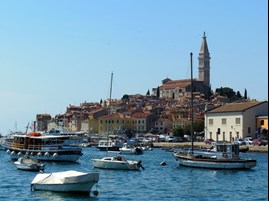 |
| |
|
Ensure you purchase travel insurance for Croatia before setting off on any island exploration.
As you reach the coast and travel along it, you will notice the food change character a little bit. It goes from hearty Central European fare to lighter, Mediterranean foods. For seafood fiends, the coast of Croatia offers a veritable haven of freshly caught fish usually simply prepared with olive oil and local herbs - the perfect meal on a hot day.
|
The northern province of Istria is also home to truffles, which pop up everywhere around autumn and fill entire cities with their unique smell.
If you want to purchase some to take home, prepare a jar of rice and face the agony of choosing between white or black truffles.
Travelling along this magnificent coastline, you come to the city of Split.
|
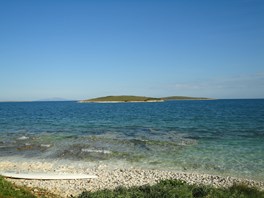 |
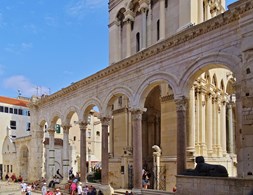 |
Home to many a famous Croatian, and claimed by its inhabitants to be the most beautiful city in the world, Split's historic center is built around the remains of the Palace of the Roman emperor Diocletian.
The remains of the Palace are well preserved and you can see how some Gothic and Renaissance architecture was added over the years. While you’re in Split, make sure to visit the Green Market, a bustling food and clothing market that is fun to explore.
|
|
In the further southern tip of the Croatian coast is the world-famous town of Dubrovnik, known as the 'Pearl of the Adriatic'. This walled city has a rich history to explore, and as an important port city throughout the centuries, it shows a lot of different influences in architecture, art, and culture.
Some say it’s one of the most beautiful towns in the entire Mediterranean, and George Bernard Shaw famously called it ‘Paradise on Earth’.
|
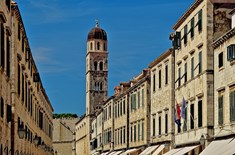 |
| |
|
To call the city breathtaking is a mild understatement, and it’s easy to see how you can spend your entire holiday in Croatia just here! Dubrovnik is also an excellent starting point for those wishing to explore the Adriatic by boat.
In terms of safety there is little to worry about in Croatia. While the war of the past has left its scars, and if you decide to explore the backcountry you may run across landmine warnings (which you should take very seriously), there are few safety concerns. Arrange travel insurance for Croatia so that you can enjoy this beautiful and unspoilt country with peace of mind.
For more information on Croatia, visit the Croatia Tourism Website.
 †
†
